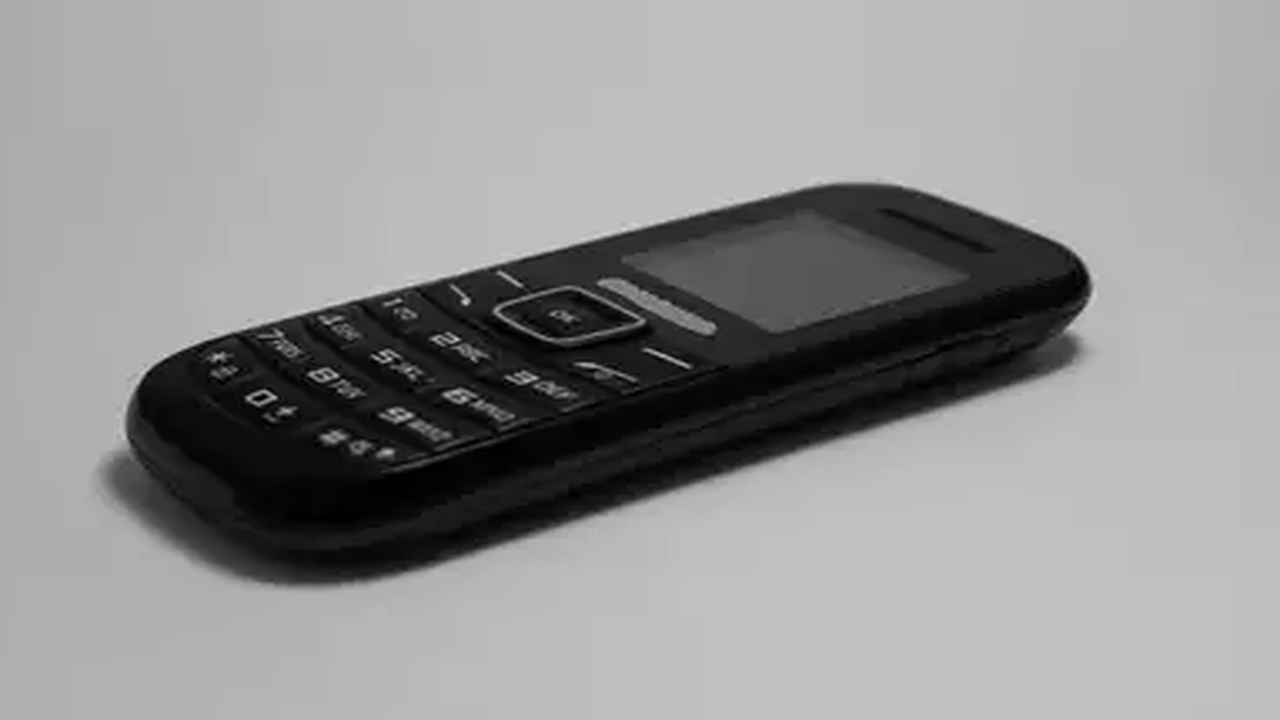What is IVRS
Interactive Voice Response System (IVRS) is a banking system for money transfers and other transactions available for feature phone users in India. Smartphone users can scan a QR code and send money, while feature phone users have the IVRS option for making transactions. Using IVRS for payments can not only be time-consuming but tiring as well. So, NPCI is working with AI4Bharat to ease the process for 300 million people and make banking smoother in Indian languages. This technology is expected to help feature phone users get the benefit of the Unified Payments Interface (UPI).
How will the updated system help users?
“This technology will significantly help feature phone users get the benefit of innovations such as UPI,” said an official who is aware of the development.
“There’s a painful IVRS and as per a study, to transfer ₹100 you need to press buttons 52 times on the phone to transfer money to a contact. I mean ‘press 1 for English’, ‘press 2 for account number’, then some confirmations and so on. Across India, people speak in different ways. AI4Bharat is working on the technical component which can recognise a voice in an Indian language and identify entities,” said another official.
However, NPCI, AI4Bharat and even RBI are yet to share an official comment about the same.
How will this system work
In 2021, NPCI reportedly started testing a voice-based payments service for feature phone users in low connectivity zones. Reports also suggested that the service is likely to work in tandem with the interoperable UPI protocol.
As per the report, feature phone users won’t need a third-party app or stable internet connection to complete their transactions. The report also adds that the IVR payments project was in beta testing mode. The Reserve Bank of India (RBI) was closely monitoring the pilot as per provisions laid under the central bank’s Regulatory Sandbox (RS), the report noted.
The report also states that in December 2020, RBI also started testing offline payments through feature phones in a handful of villages in coastal Karnataka. The central bank partnered with some fintech and payment firms to make this possible.
Voice-based payments outside India
An India and US-based market research and consulting company, Grand View Research, reported that the global voice-based payments market size was valued at $5.89 billion in 2021. The report also mentioned that the market is expected to grow at a compound annual growth rate (CAGR) of 10.9% from 2022 to 2030.
The company also noted that the growing adoption of peer-to-peer voice-based payments worldwide is likely to drive the expansion of the market during the predicted period.
The report added that multiple banks including Barclays and Royal Bank of Canada, have also started offering voice-enabled peer-to-peer payments to their customers. Barclays allows its customers to make voice-based payments using Siri, which is the virtual assistant offered by Apple. Similarly, Google Pay users can also access Google Assistant to make peer-to-peer payments using voice commands.
function loadGtagEvents(isGoogleCampaignActive) { if (!isGoogleCampaignActive) { return; } var id = document.getElementById('toi-plus-google-campaign'); if (id) { return; } (function(f, b, e, v, n, t, s) { t = b.createElement(e); t.async = !0; t.defer = !0; t.src = v; t.id = 'toi-plus-google-campaign'; s = b.getElementsByTagName(e)[0]; s.parentNode.insertBefore(t, s); })(f, b, e, 'https://www.googletagmanager.com/gtag/js?id=AW-877820074', n, t, s); };
window.TimesApps = window.TimesApps || {}; var TimesApps = window.TimesApps; TimesApps.toiPlusEvents = function(config) { var isConfigAvailable = "toiplus_site_settings" in f && "isFBCampaignActive" in f.toiplus_site_settings && "isGoogleCampaignActive" in f.toiplus_site_settings; var isPrimeUser = window.isPrime; if (isConfigAvailable && !isPrimeUser) { loadGtagEvents(f.toiplus_site_settings.isGoogleCampaignActive); loadFBEvents(f.toiplus_site_settings.isFBCampaignActive); } else { var JarvisUrl="https://jarvis.indiatimes.com/v1/feeds/toi_plus/site_settings/643526e21443833f0c454615?db_env=published"; window.getFromClient(JarvisUrl, function(config){ if (config) { loadGtagEvents(config?.isGoogleCampaignActive); loadFBEvents(config?.isFBCampaignActive); } }) } }; })( window, document, 'script', );
For all the latest Technology News Click Here
For the latest news and updates, follow us on Google News.


